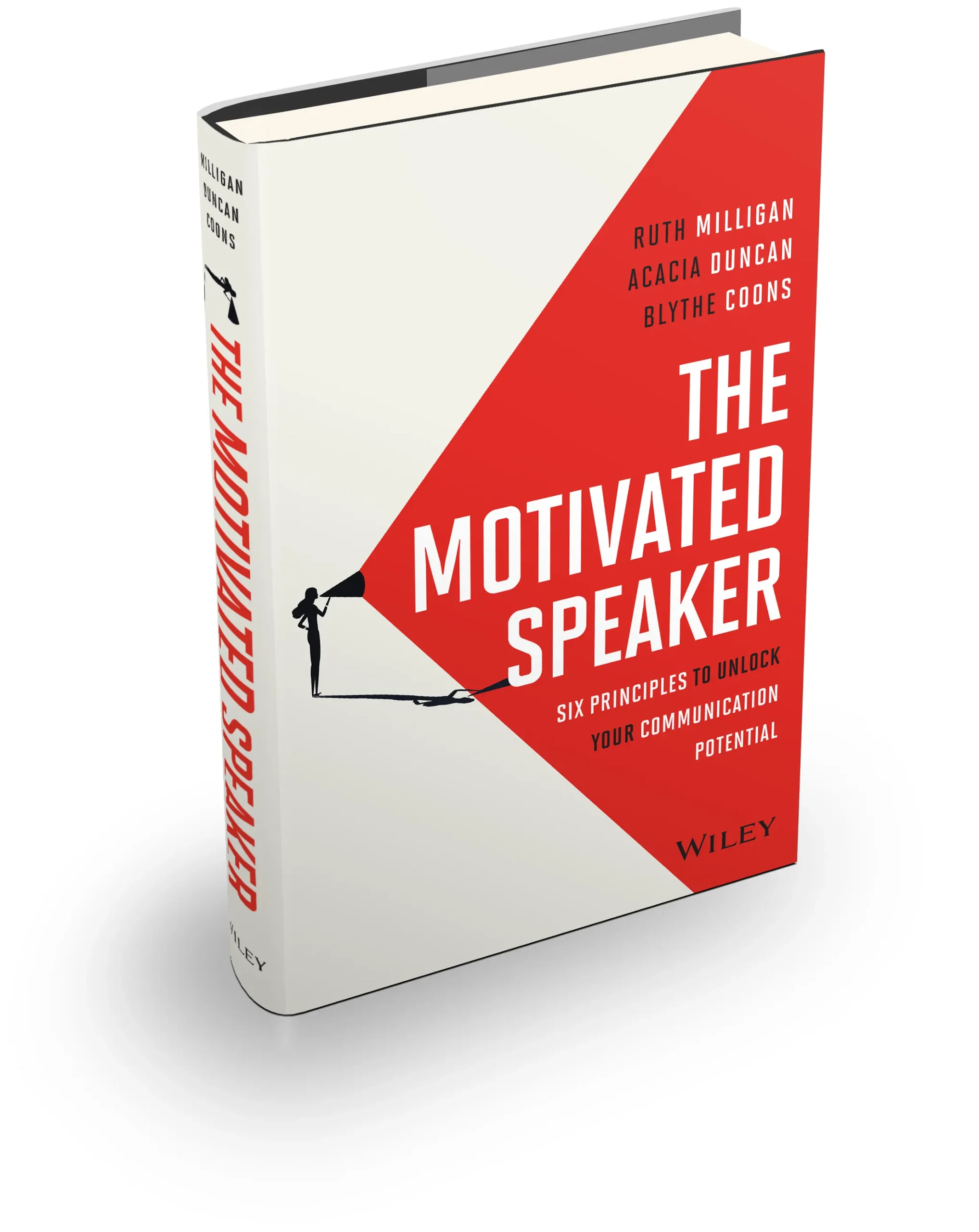Let me start with my top five favorite quotes about “time” in speaking:
– Says the speaker in 2009, who spent a week or two re-working her talk, and much to her surprise 9 years later still benefits from the exercise, she shares with us in 2018.
– Says the speaker who ignored the guidelines altogether and went 19 minutes, much to the chagrin of the event organizers.
– Says the speaker who shared 24 minutes of content in a coaching call for a 12 minute talk. During the event the slide producer started forwarding slides when she knew he was done with a subject to keep him on track. He still went five minutes over.
– Says the speaker who went 31 minutes for an 18 minute talk and had no idea she had overstepped her time so much.
– Says the speaker who claims giving that talk is among her top five best experiences.
Hmmmm. So what is it about the clock? It made our top 10 list of most important behaviors we work with – as evidenced by our “Talk like Someone’s Listening” humorous video highlighting time (see our “Watch the Clock” video here).
The notion of the “short talk” that TED pioneered over 35 years ago – getting to the one idea that really matters – has really taken hold in the public domain in the last 10 years, thanks largely to the proliferation of TEDx events (and, in our world, TED-like events). So if audiences want short talks, why is it still so hard for speakers to oblige them?
Oh, where to start. But my overarching conclusion is that most people have never been an audience to their own content. In other words, they haven’t listened to themselves, watched themselves speak or had a coach (ahem!) help them to do either. Secondarily, and more obviously, people love to hear themselves talk and do think what they have to say is all important enough to include – even if it takes more time than an event planner has allotted or the audience cares about.
In addition to our tried-and-true content framing methods, here are three additional strategies we use when helping people to be more (much much more) concise:
A. Never tell a “journey” story. From one point in time to the next, these aren’t compelling to either an audience or accommodating for a concise talk. Even in personal stories, we ask “what did you learn from the journey and can you tell that to me in three concise points?”
B. Delete the parts about “how hard you worked,” to get to your main point. I once deleted the first eight slides to a strategy presentation for a hospital system – it was charts and graphs about how many meetings they had, how many people were involved, how many edits they did… it was on page 9 when it shared what the strategy was.
C. Record yourself. And then here’s the hard part: Listen back. I promise you will find more places to tighten, condense, transition and restate if you listen to it. Here’s a harder part: Share that recording with someone else. Like a coach, spouse or colleague. You’ll be amazed what having an audience can do to help you trim and tuck.
And that’s all the time we have.


